St. Louis is home to many art and history museums and sites. Here are a few highlights.
Missouri History Museum
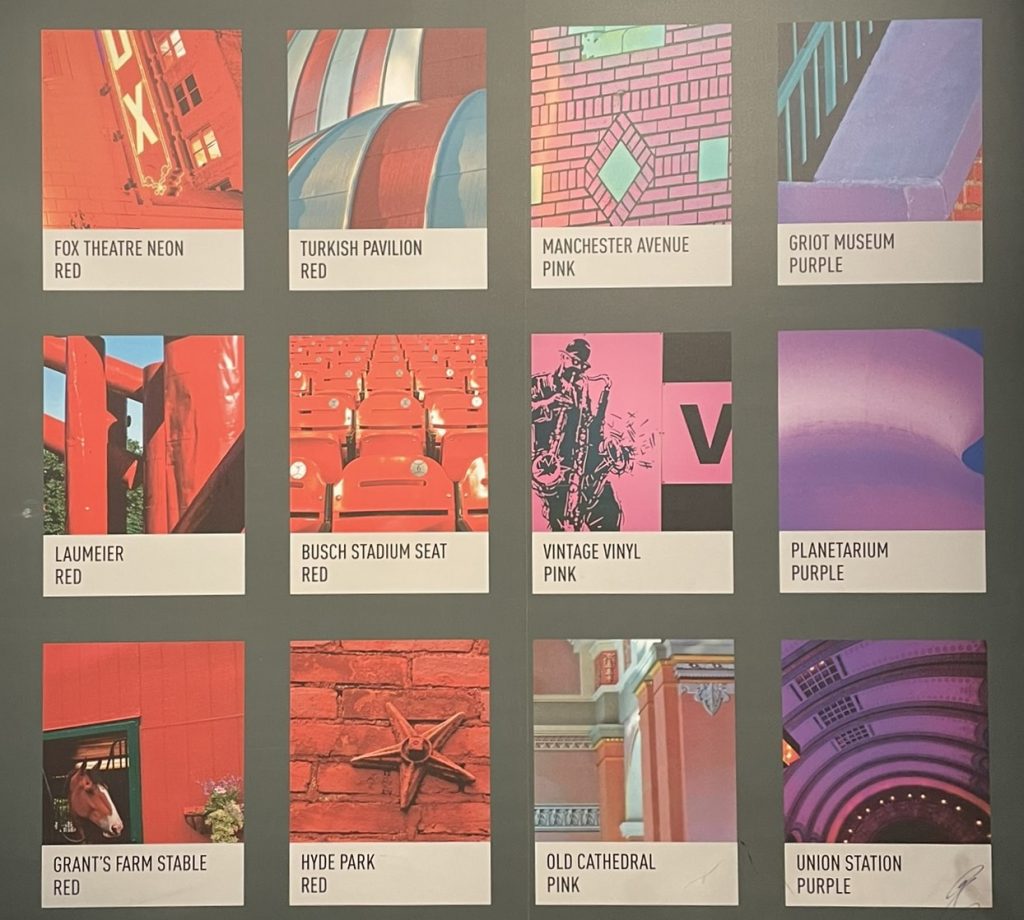
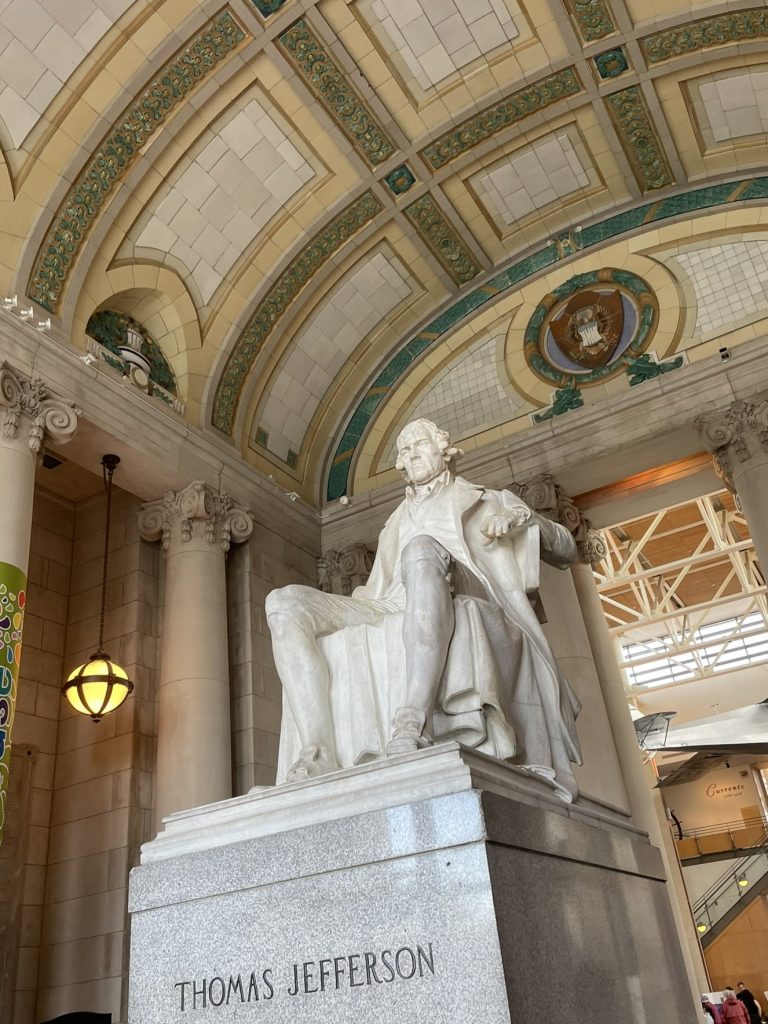
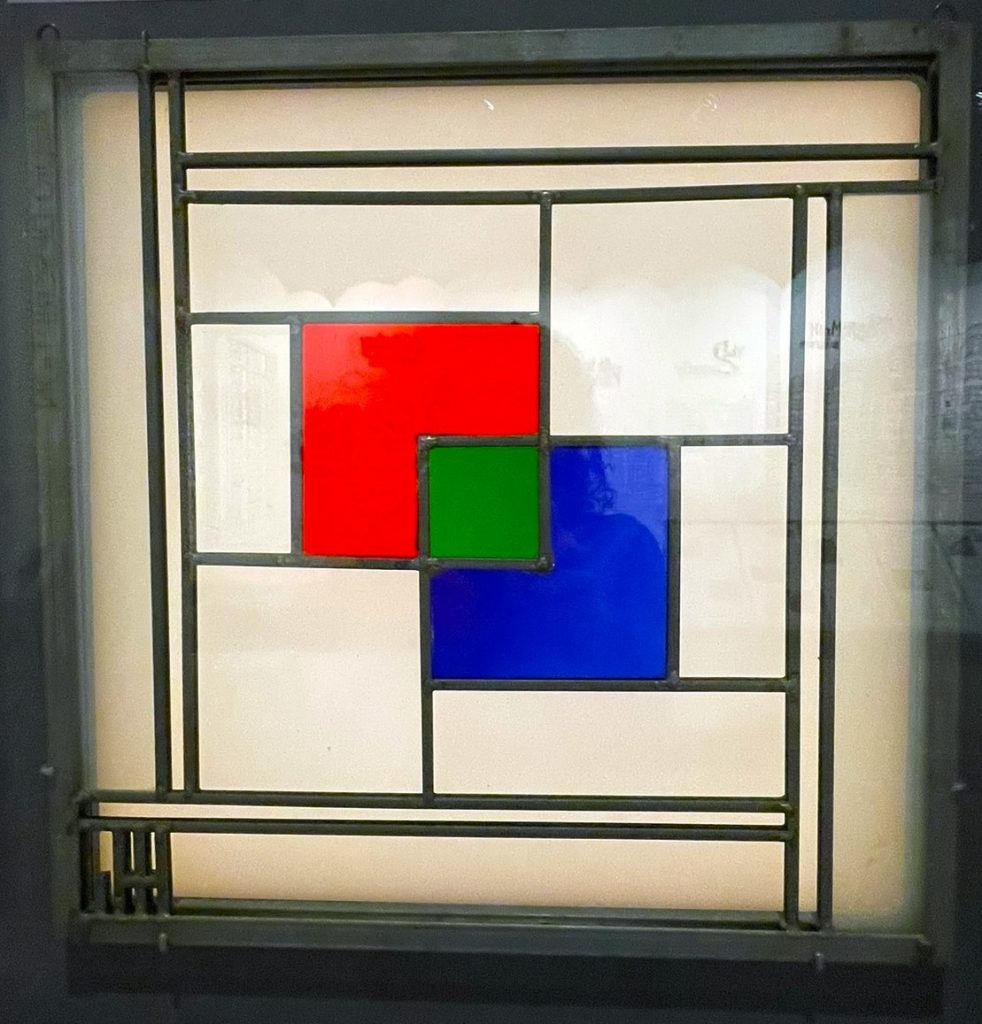
The Missouri History Museum is housed in the beautiful Jefferson Memorial Building, which dates from 1913. The museum features rotating exhibits, and unfortunately the exhibit on the 1904 St. Louis World’s Fair wasn’t open yet. And other than the exhibit detailed below, we were relatively underwhelmed with the other exhibits currently on view.
We both enjoyed the Coloring STL exhibit quite a bit. As pictured in red-pink-purple above and blue-green-yellow in the cover photo, color palettes made up of scenes from around the city of St. Louis were on display (“a kaleidoscope of architecture”). There were also a number of salvaged architectural details presented, which we both always like, and which gave us a few ideas of things to go see while we were in town (a number of which you can see here).
When unveiled in 1913, the Thomas Jefferson Memorial (pictured above) was the first public memorial to the founding father, which is hard to believe. The accompanying sign boards detailed how they sort to immortalize a founding father without attempting to tell a complete picture (small details like fathering children with his enslaved help). “Although the creators of the statue meant it to be solely a celebration, it now serves a different role. This statue challenges us to approach history from multiple perspectives and wrestle with all of its complexities and contradictions.” Well done, St. Louis.
Pulitzer Arts Foundation
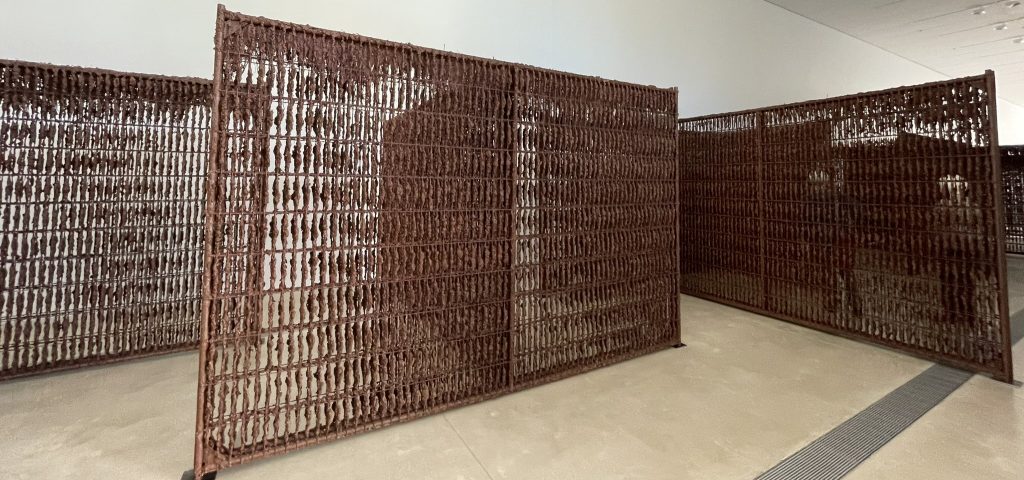
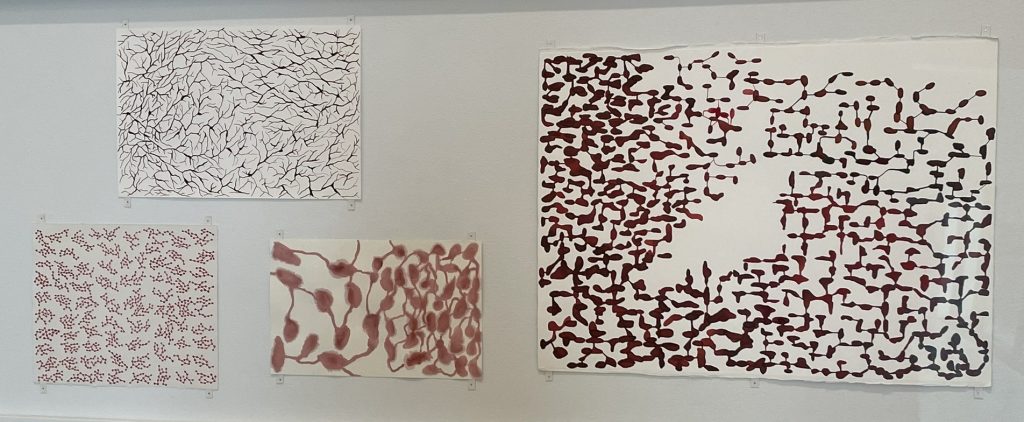
The Pulitzer Arts Foundation is another museum with rotating exhibits, and since this one focuses on contemporary works, I didn’t enjoy it quite as much as Doug did. The primary exhibit during our visit featured Colombian artist Delcy Morelos (b.1967), who “creates art that calls attention to connections between people and the environment. Using natural materials like textile, fibers, clay, and soil, her work asks us to consider earth as a living entity rather than a territory to be owned.”
In Earthly Weaving the “soil encrusted structure” was scented with cinnamon and cloves, so it added an unusual additional sensory aspect to the experience.
Soldiers Memorial Military Museum
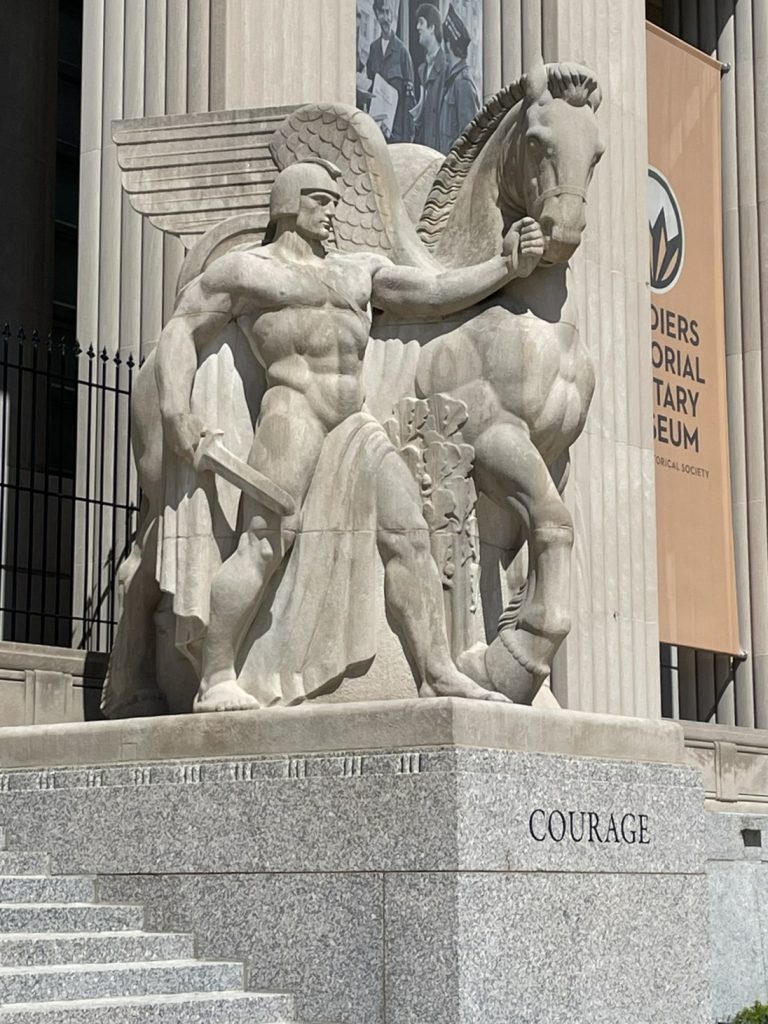
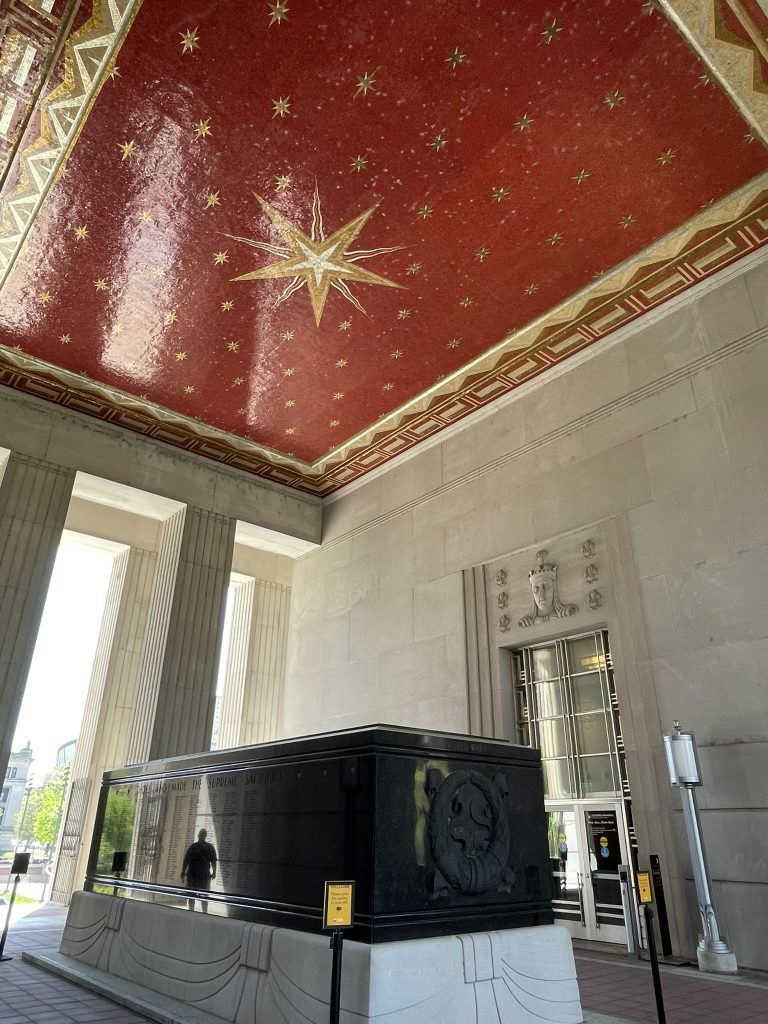
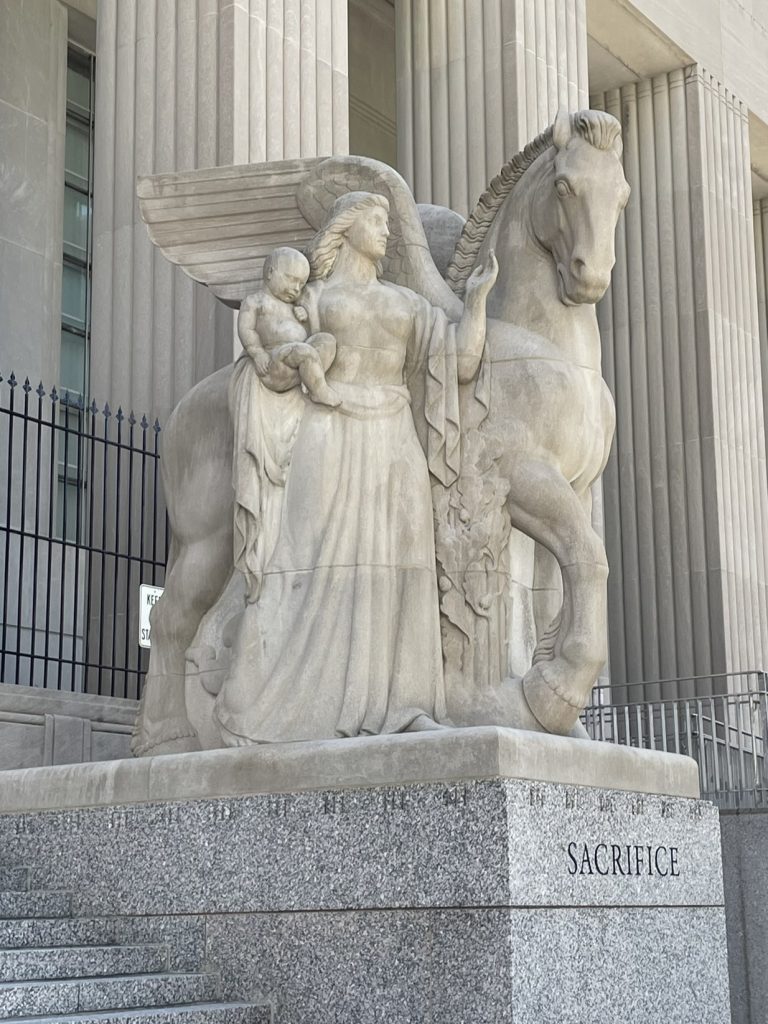
Are we tapped out with war-related museums, or perhaps there was too much covered in this museum? Regardless, we were underwhelmed with our visit to the Soldiers Memorial Military Museum, which covers WWI, WWII, Vietnam and more.
Mildred Lane Kemper Art Museum
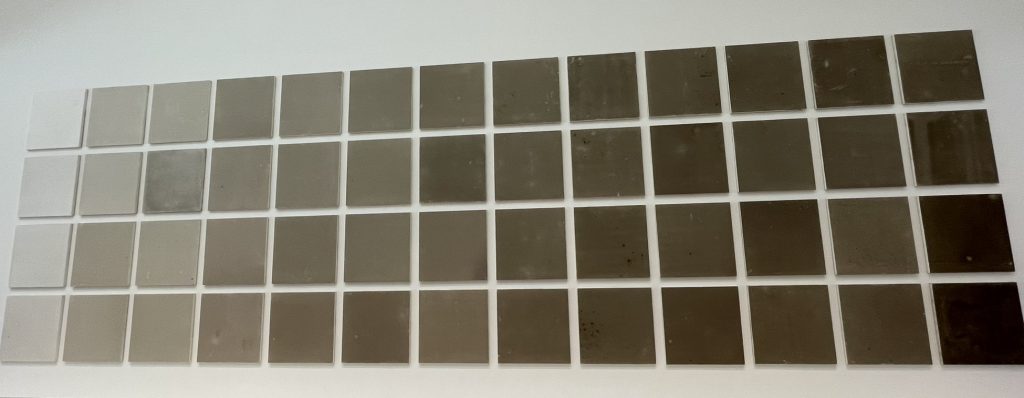
The Mildred Lane Kemper Art Museum is today part of Washington University in St. Louis. It was founded in 1881, making it the oldest art museum west of the Mississippi River. It’s a small museum with a varied collection, from Egyptian and Greek antiquities to contemporary pieces.
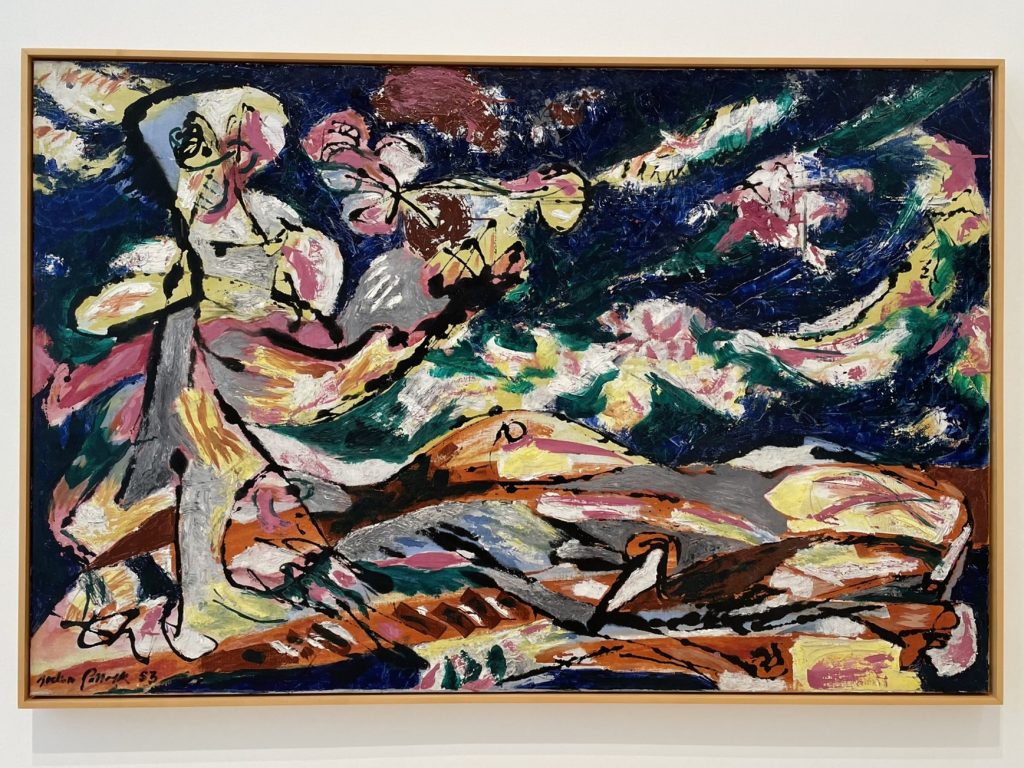
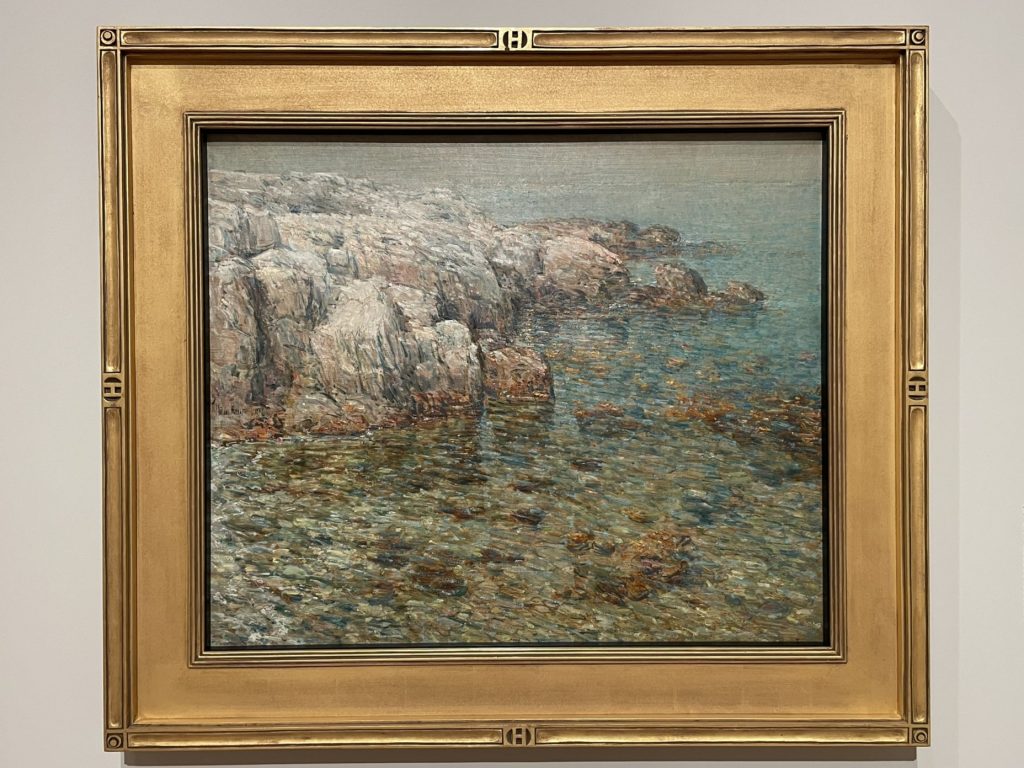
Ulysses S. Grant National Historic Site
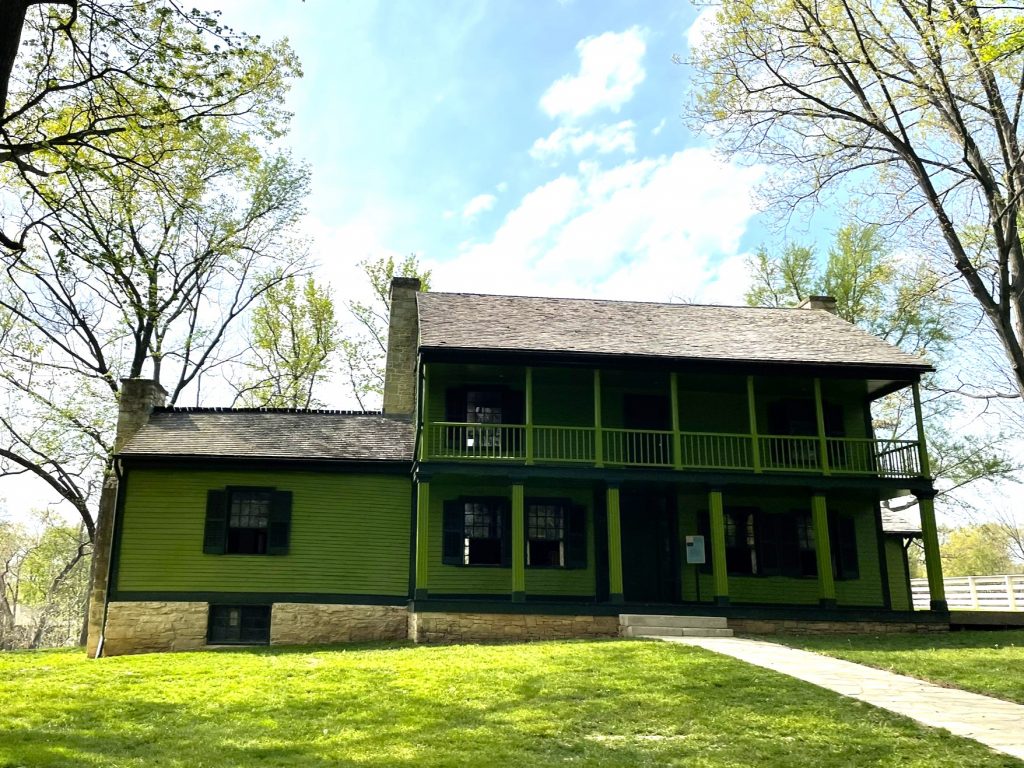
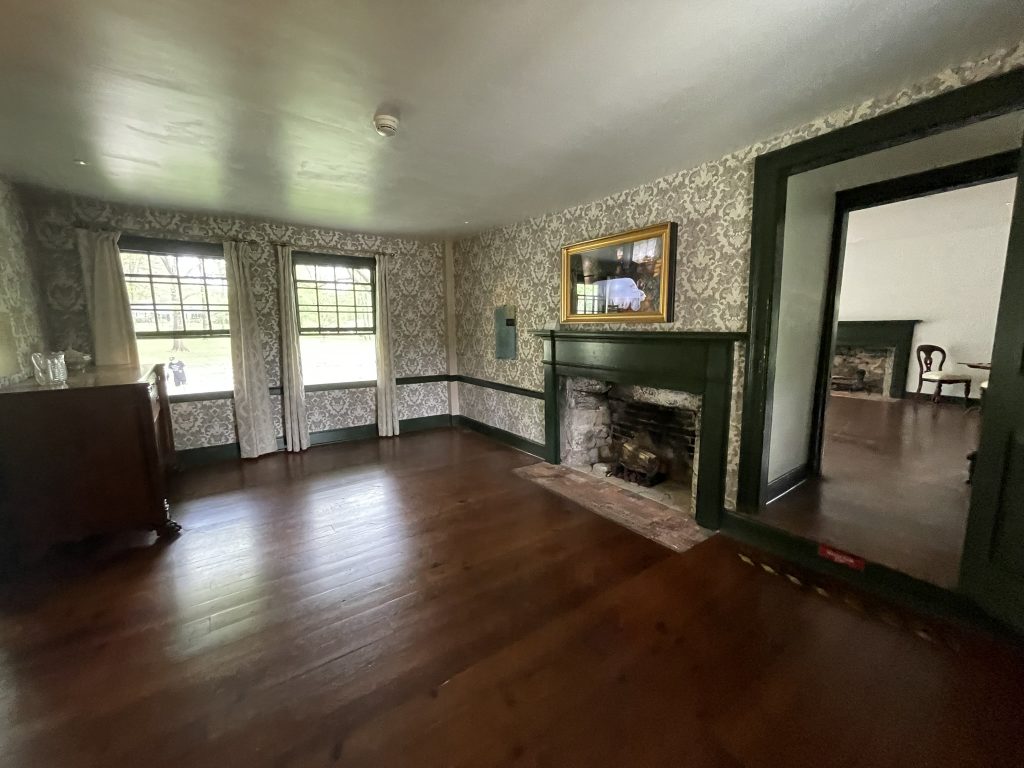
And last, but certainly not least, we have a presidential site for Doug: the Ulysses S. Grant National Historic Site. In addition to some exhibits and film, the main feature of the site is White Haven, the plantation home of Grant’s father-in-law, Colonel Dent. Grant met his future wife Julia here, and later they lived here and raised their young children. Grant was really floundering in terms of a career, and it’s really remarkable how he went from such struggles to leading the Union Army and then U.S. President. I’m sure Julia never saw it coming when she married him.
The Grants lived and struggled here from 1854-59, before moving to Galena, Illinois in search of better prospects. Grant and his father-in-law did not see eye-to-eye on things, particularly some topical items like slavery (Dent enslaved 30 African Americans). I can only imagine the dinner conversations, with poor Julia stuck between conflicting loyalties.




